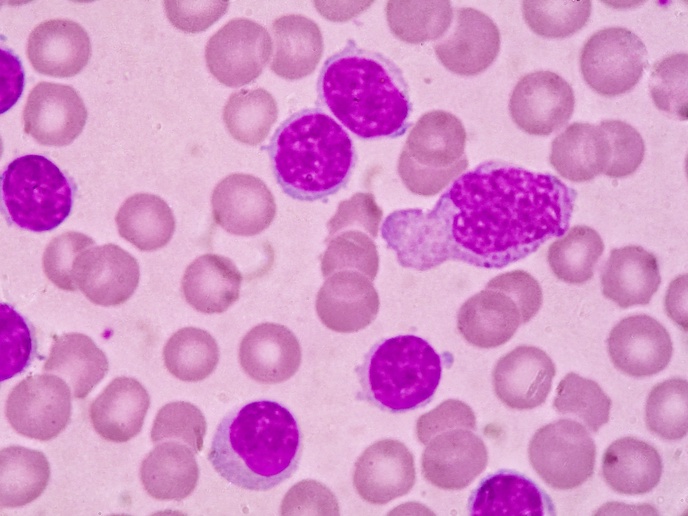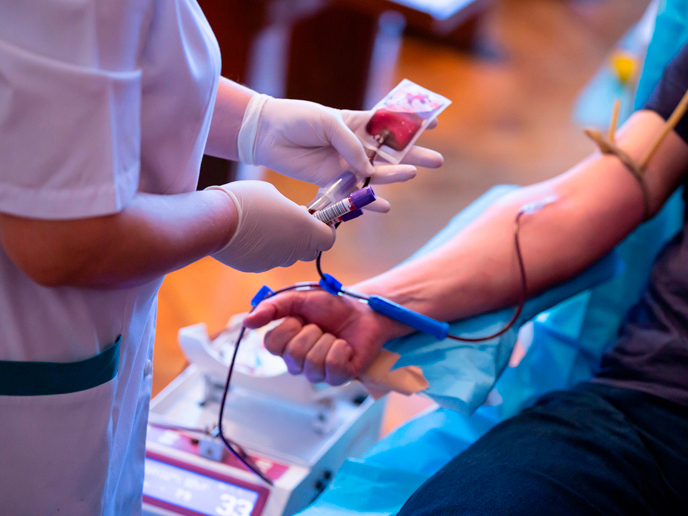Easier, more convenient cancer treatment for children
Although this leukaemia almost exclusively affects children, no adapted formulation has previously been developed. This means that until now children have had to take adult tablets. The main objective of the EU-funded LOULLA&PHILLA project was to combine two medicines, 6-mercaptopurine (6MP) and methotrexate (MTX) for maintenance treatment of the cancer. Project researchers also wanted to find a more convenient way for young patients to take their medicine. Project members decided that the flavoured liquid should be separated from the active ingredient. Parents would simply need to press the cap to make the active ingredient fall into the liquid, and then shake the bottle. New packaging, with the active ingredient in the cap and the flavoured liquid in the bottle, was then developed and patented. The next stage was pharmaceutical development, and the stability of the various components and the precision of the dosing syringe have been demonstrated. Pre-clinical trials were then launched to assess issues such as palatability and potential toxicity. Safety and tolerance, pharmacokinetic results and palatability data all support the use of this new oral suspension for children. Despite the relative bioavailability of the oral suspension being, on average, a third lower than that of the standard medicine, this is not expected to have any clinical impact on results for individual patients. This will be compensated for on an individual basis through dose adjustments by pharmacodynamic and/or toxicity markers, ensuring that each patient receives the relevant adequate dose. Following validation of the registration dossier, the European Medicines Agency (EMA) is currently reviewing the new formulations. Since the process for reviewing the dossier for marketing authorisation takes about one year, the project coordinator is currently preparing to distribute this new formulation. In addition to the new delivery system, the project successfully developed new patented packaging technology, which it calls 'the shaker'. It is expected that these positive developments will have a major long-term impact on the formulation and product development of medicines for children.







